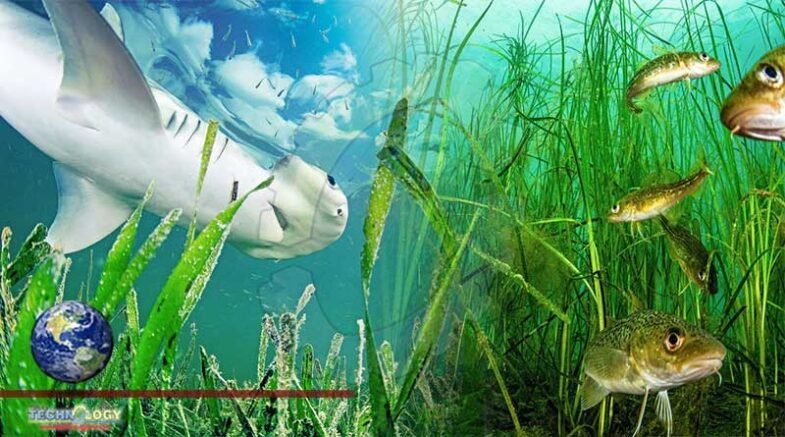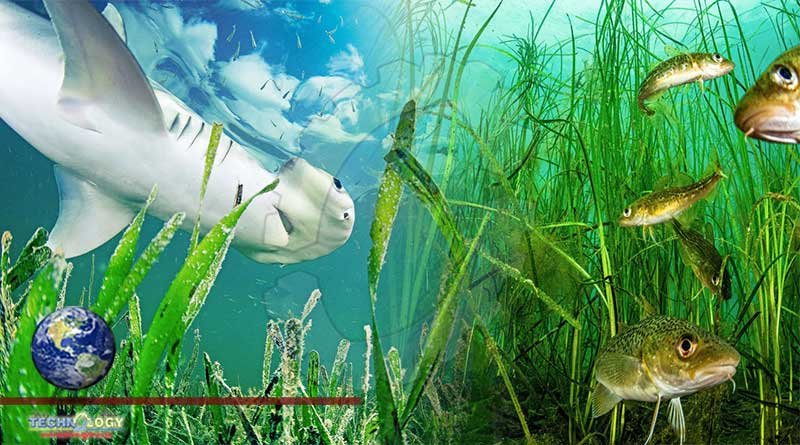Seagrasses are the invisible ecosystem underwater that is often confused with seaweeds. one of the most productive ecosystems in the world

Seagrasses are the invisible ecosystem underwater that is often confused with seaweeds. Those two belong to two different groups as seaweeds are relatively simple organisms that evolved from single-celled algae while seagrasses are complex plants that have leaves. Experts say that seagrasses might be protecting the Earth from climate change.
Seagrasses are the only flowering plants that spend almost their entire lives underwater and one of the most productive ecosystems in the world, according to Ariana Russo’s article in Delmarva.
They serve many important roles in the ecosystem, such as serving as habitat, part of the food chain, and water quality control. Many sea creatures rely on seagrasses to survive.
Sea Creatures Living in Seagrasses
Different species of fish, sea horses, crustaceans, and other marine animals consider seagrasses as their habitat. More so, it also serves as their food and nurseries for over 20% of the largest fisheries on the planet.
According to the UN representative from the Republic of Seychelles, Ronald Jumeau, seagrasses are the world’s forgotten ecosystem. They are often overshadowed by the colorful coral reefs and mangroves. But seagrasses are the most productive natural habitats on both land and sea.
Seagrasses are underappreciated but essential, Smithsonian’s Tennenbaum Marine Observatories Network director Emmett Duffy said. They once grew only on drylands but when the largest dinosaurs were in their heyday, they drifted to the sea.
They have changed little since then. Like land grasses, they grew roots, rhizomes, and flowers. But their most notable underwater adaptation include aquatic pollination wherein pollens drift with the current before settling, and leaves that can survive saltwater.
These adaptations have made it possible for seagrass to cover over 116,000 square miles of the ocean floor of every continent, except for Antarctica. Some of them could reach a height of 35 feet long like the ribbonlike Zostera caulescens, that grows off the Japanese coast.
Seagrass: The Ecological Engineers
Researchers refer to the seagrass as ecological engineers that have not only greened the ocean floors but also shaped them, according to Smithsonian Magazine. Their roots hold the seafloor sediment in place, their leaves trap floating sediments, they improve water clarity, and most importantly, they slow down the currents to help protect the shorelines.
Moreover, seagrasses can also filter out harmful chemicals, cycle nutrients, pull carbon dioxide into the seafloor, and oxygenate the seawater. According to the UN, the seagrasses might perform 18% of carbon absorption even though they only cover 0.1% of the ocean floor.
Leading international seagrass expert Carlos Duarte said that on the bank of the Red Sea, a “scintillating sound when you lie in seagrass meadows” can be heard. He said that for some marine animals, this might serve as their guidance on where they left their larvae.
However, like many plants, they are also in decline with 7% of them are vanishing every year, just like the coral reefs and tropical rainforests. There have been international efforts to save the seagrasses on the ocean floor. Fisheries and the environment greatly rely on them, so it is important to protect this invisible ecosystem.
Originally published at Science times
